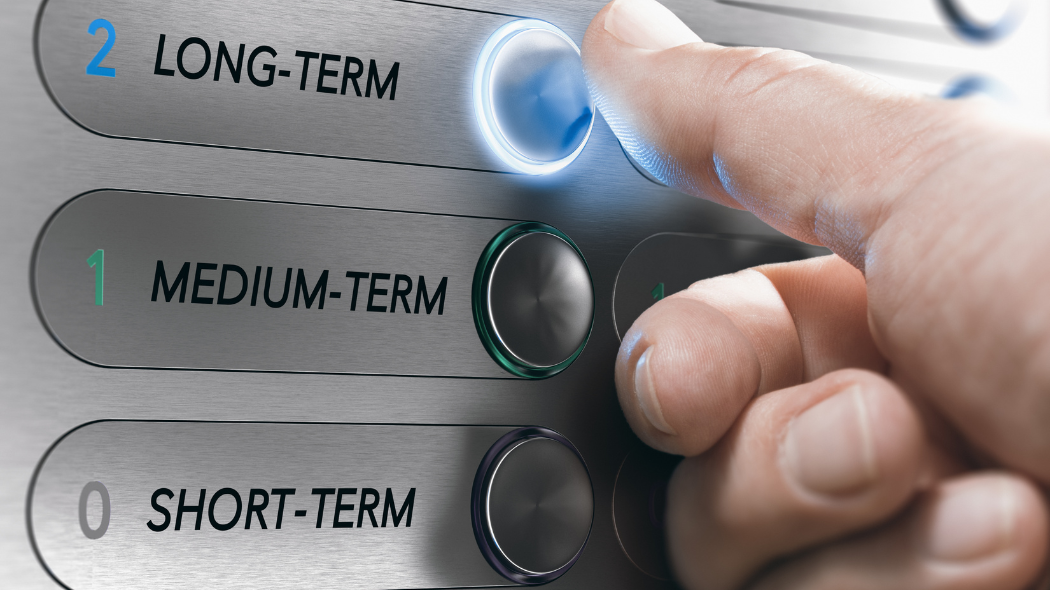
Long-duration funds invest in fixed-income securities such as government bonds, corporate bonds, treasury bills, etc. The asset allocation of these debt funds maintains a Macaulay duration of 7 years.
These funds are ideal for medium to long duration goals such as buying a house within 5-7 years.
A worthy competitor to an FD, these funds may deliver superior returns.
Interested to know more? Read along.
As per SEBI guidelines, long-duration funds must invest in debt and money market securities keeping the Macaulay duration to 7 years.
What Is Macaulay Duration?
It is the weighted average number of years the present value of a fixed income instrument’s cash flows will take to match the amount paid for the instrument.
In simple words, Macaulay duration means the average time you will need to recover the initial investment through the instrument’s cash flow.
Please note that- in this case, duration does not mean tenure. Duration measures the value/sensitivity of the principal amount with respect to a change in interest rate. And tenure indicates maturity.
If the Macaulay duration is higher-> the instrument’s sensitivity to the changing interest rate is also higher.
These funds are riskier than short, low, medium duration debt funds since they carry higher interest rate risk, but offer superior returns in a falling interest rate scenario.
Debt funds come with two types of risks- Interest rate risk and default risk.
Since these funds hold longer duration bonds, they carry higher interest rate risk compared to shorter duration debt funds. The NAV of the debt fund is inversely proportional to the interest rate. That is, if the rates fall, the NAV goes up, and vice versa.
Therefore, the returns may drop during rising interest rate scenarios. Holding your investment until maturity can avoid the interest rate risk.
As for the default risk, make sure the underlying bonds in the fund have high credit ratings. Bonds with AA+ credit ratings are safe to invest in.
Long duration debt funds have the potential to outperform FDs and other debt fund categories. These funds are riskier than short-duration, low duration, medium duration debt funds. However, the returns are also superior.
Both accrued interest income and capital appreciation can contribute towards the overall returns.
Long duration funds have an investment horizon of 7+ years. Make sure it aligns with your risk appetite and financial goals.
Debt funds have 15 categories with variable horizons. Invest in a fund that fits well into your portfolio.
It’s important to understand the interest rate cycle currently in the economy and accordingly take an investment call in these funds. As the bond prices decrease with rising interest rates, it’s best to avoid these funds when the interest rates are high.
From April 2023, the taxation on debt funds has changed.
Now investors have to pay tax as per their tax slab on both long and short-term capital gains. The indexation benefit on long-term capital gains is no longer applicable.
Find out why debt funds are still reliable after the new tax rules.
Long duration funds are suitable for savvy investors who understand the interest rate cycle and can tolerate price fluctuations due to interest rate movements.
Invest in these funds only if you are comfortable with the investment horizon.
Long duration debt funds can play a crucial role in portfolio diversification and stability. Since the duration would be 7+ years, these funds are prone to changing interest rate scenarios.
It would be wise to evaluate your portfolio to decide your exposure to equity vs. debt funds. Talk to your financial advisor or give VNN Wealth a call to plan your investments.

